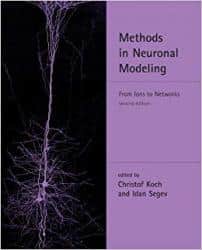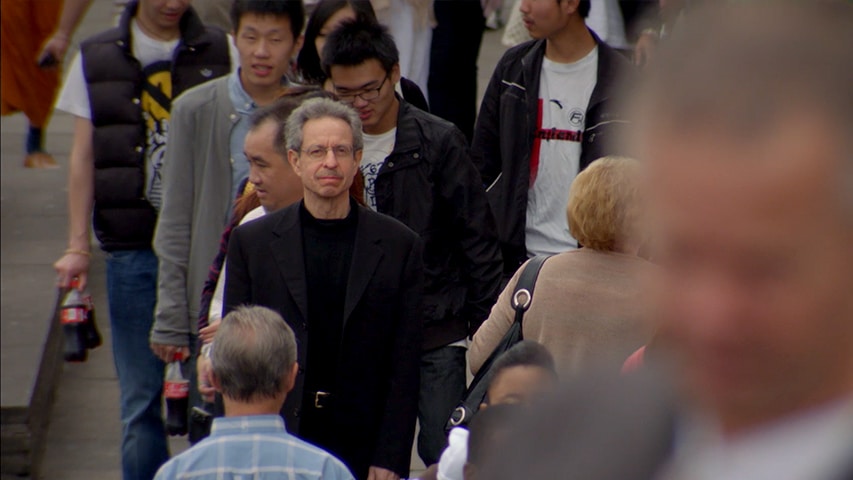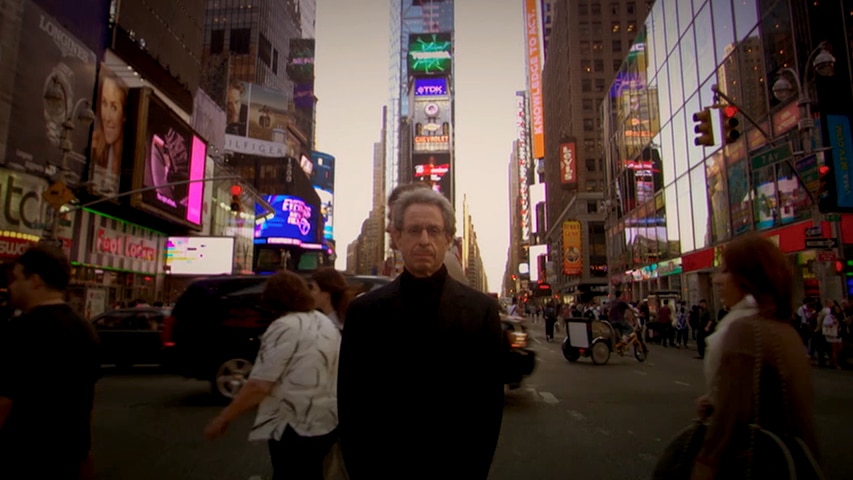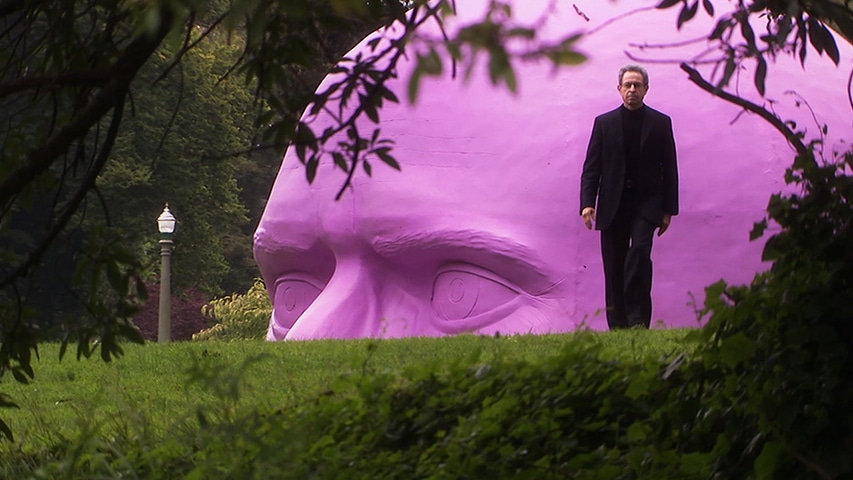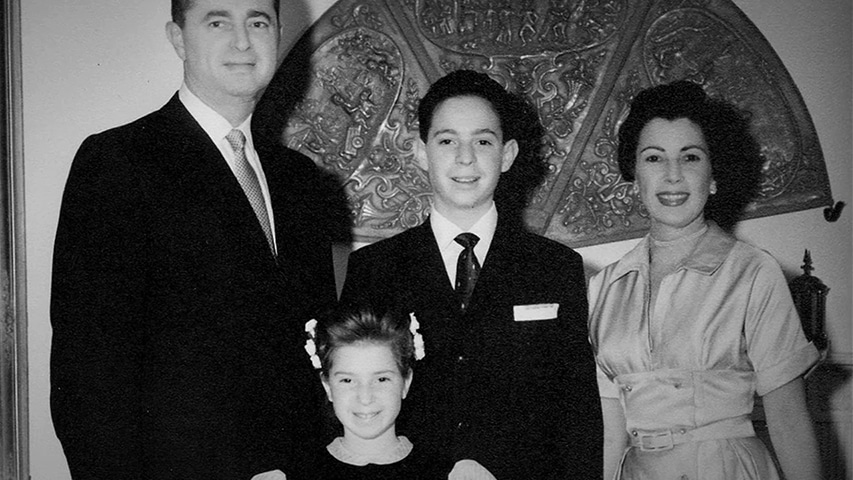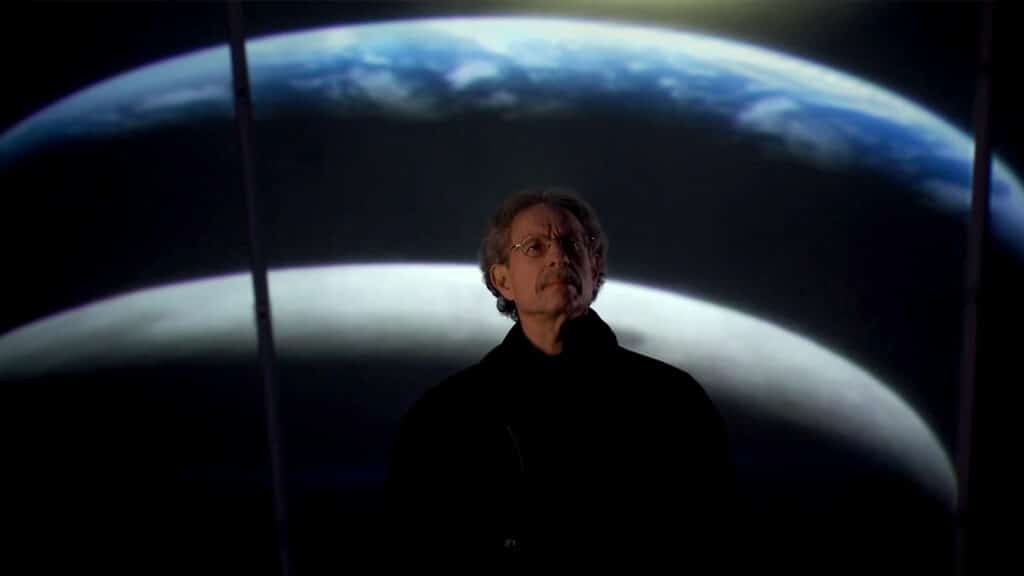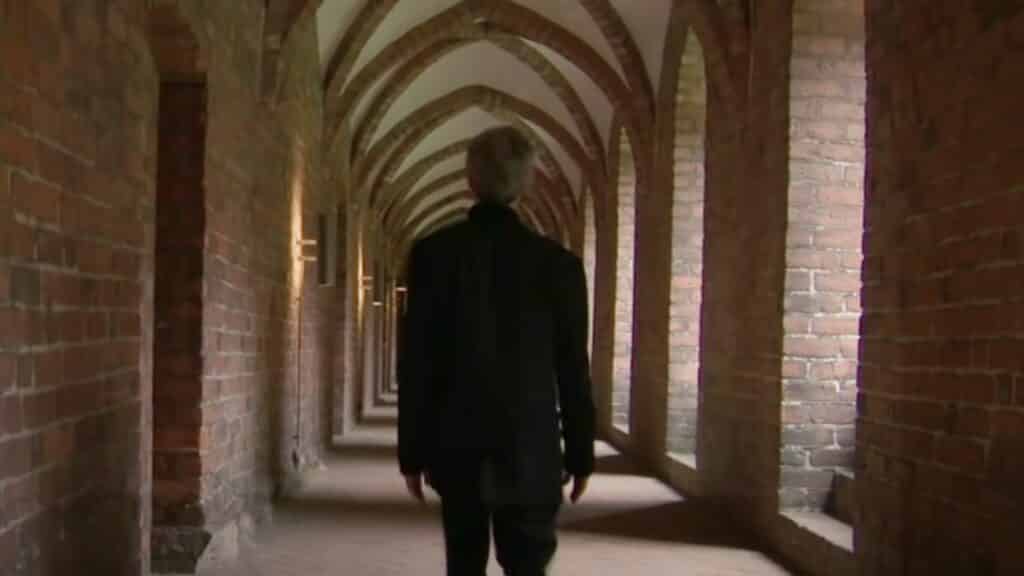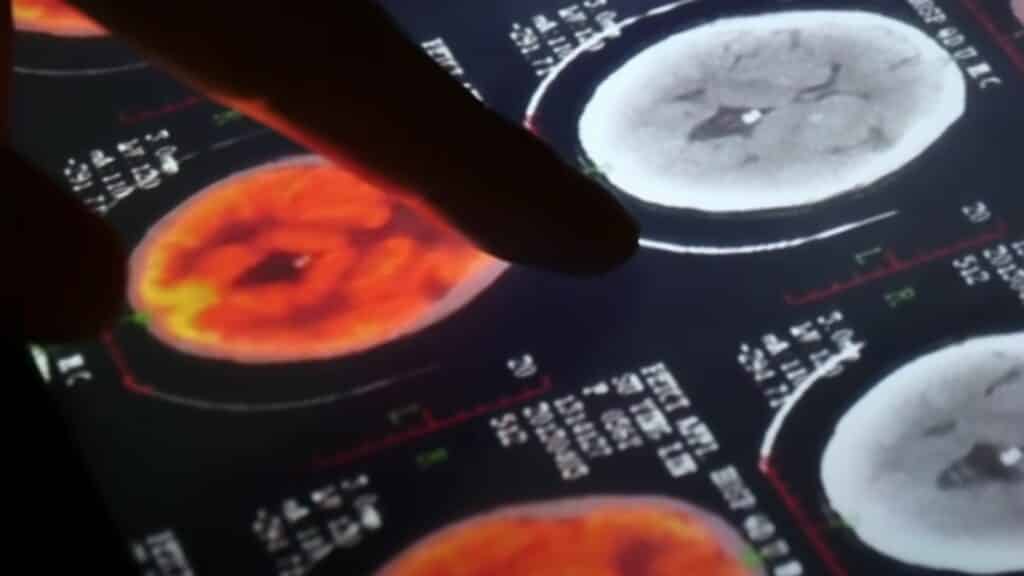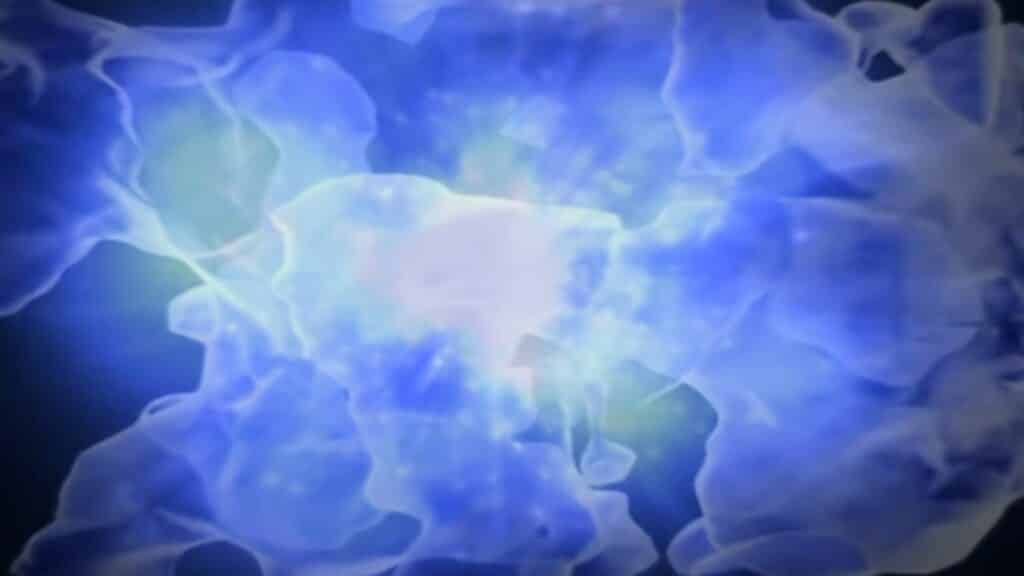Christof Koch is an American neuroscientist best known for his work on the neural bases of consciousness. He is the President and Chief Scientific Officer of the Allen Institute of Brain Science in Seattle. From 1986 until 2013, he was the Lois and Victor Troendle Professor of Cognitive and Behavioral Biology at The California Institute of Technology.
Koch received a PhD in nonlinear information processing from the Max Planck Institute in Tübingen, Germany. He then worked for four years at the Artificial Intelligence Laboratory at MIT. In 1986, he joined the newly started Computation and Neural Systems PhD program at The California Institute of Technology.
Since the early 1990s, Koch has studied consciousness as a scientifically tractable problem, and has been influential in arguing that consciousness can now be approached using the modern tools of neurobiology. His primary collaborator in the endeavour of locating the neural correlates of consciousness was the late Francis Crick. Together with James Bower, he founded in 1988 the Methods in Computational Neuroscience summer course at the Marine Biological Laboratory in Woods Hole, which remains ongoing. In 1993, he founded, together with Rodney Douglas and Terrence Sejnowski, the Neuromorphic Engineering Summer School in Telluride, Colorado, which remains ongoing. Koch was the executive officer of the Computation and Neural Systems program at Caltech from 2000 to 2005.
In early 2011, Christof Koch became the Chief Scientific Officer of the Allen Institute for Brain Science, leading their high through-put, large scale ten year, cortical coding project. The mission of MindScope is to understand the computations that lead from photons to behavior by observing and modeling the physical transformations of signals in the visual brain of behaving mice for one perception-action cycle (0.1 – 2 sec). The project seeks to catalogue all the building blocks (ca. 100 distinct cell types) of the then visual cortical regions and associated structures (thalamus, colliculus) and their dynamics. The scientists seek to know what the animal sees, how it thinks, and how it decides. They seek to map out the murine mind in a quantitative manner. The first four years of this endeavor to build a number of brain observatories was funded by a generous donation of $300 million by the Microsoft Founder and Philanthropist Paul G. Allen.
Episodes
Topic Series
Curated Playlists
Books
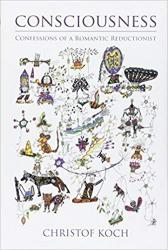
Consciousness: Confessions of a Romantic Reductionist (MIT Press)
Buy the Book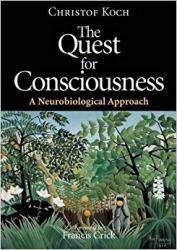
The Quest for Consciousness: A Neurobiological Approach
Buy the Book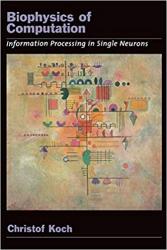
Biophysics of Computation: Information Processing in Single Neurons (Computational Neuroscience Series)
Buy the Book